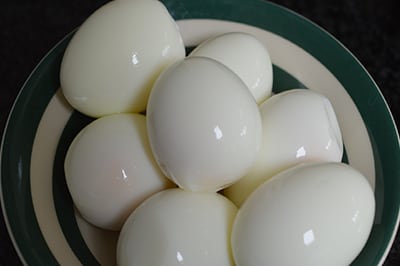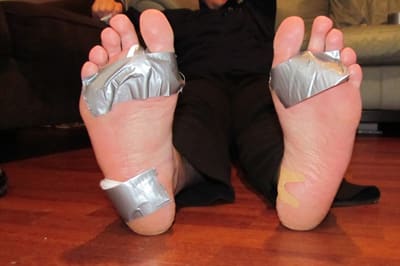PANAJI: Every day, around 7,000 child labourers are put to work in Goa, most of them employed in the state’s
tourism industry. The children mainly hail from Uttar Pradesh (38%) and Karnataka (33.4%), their daily work hours stretch upto 14 to 16 hours during peak tourist season and most get paid a meagre Rs 500 to Rs 1000 a month. A large number of these underage workers sleep at the shack that they are working at itself and said they are subjected to verbal and physical abuse at the work place.
The dark underbelly of Goa’s thriving tourism industry was recently uncovered by Siddhesh Sinai Shilimkhan, a research scholar at the Goa University’s department of economics, in a paper titled ‘Socio-economic study of child
labour in beach shack restaurants in Goa’.
The doctoral thesis, completed by Shilimkhan in September 2017 under the guidance of professor Silvia M De Mendonça e Noronha of GU’s economics department, saw the scholar carry out the survey between September 2013 and February 2015, where a sample size of 5% of the total child labour in Goa was covered.
The study shows that the number of child labourers stands at 6,920 (Census 2011).
The age of child labourers in Goa ranges between seven and 15. The child workers employed at beach shack restaurants are subjected to harsh menial work like sweeping and cleaning, fetching water in big vessels, washing of big utensils, or even more arduous work such as cleaning of urinals.
“The competition for supremacy (in Goa’s tourism industry) is immensely tough,” the paper states. “Thus, to beat this competition, employers resort to employing child labour for low wages.”
Shilimkhan writes in his paper that the children are also subjected to punishments of various kinds by employers, and, at times, by fellow adult workers.
“Ninety-six per cent of child labourers working in beach shack restaurants across the coastal areas of Goa face verbal abuse on a daily basis,” he writes. “Another major form of punishment is deduction of salary (81%).” The paper states that child workers in North Goa faced more punishment than those in South Goa. Shilimkhan says that this is due to North Goa beach belt being a busier stretch, leading to tougher competition for business for shacks.
The survey also shows that many of these child workers, forced to live and work in miserable conditions, turn to vices, with 71.34% taking to gambling.
In the paper, Shilimkhan said that most child workers sleep in the kitchen or the main dining area once the establishment shuts down. They sleep on or under the tables, and don’t get proper rest or sleep. Some of them sleep outside the beach shacks on beach beds laid on the beach for guests, or in low sheds near the shacks. These places have little or no ventilation, and offer very little bathing and sanitary facilities.
Their diet also suffers. Shilimkhan states in his thesis that thanks to their long hours of work, the children are forced to have their lunch and dinner and irregular timings. This, he reports, cause gastric and stomach disorders in child labourers. Worse still, if injured, the unattended cuts and wounds on child labourers’ bodies often lead to infection, due to lack of first aid facilities at their places of work, he states.
 Representative image
Representative image Representative image
Representative image





